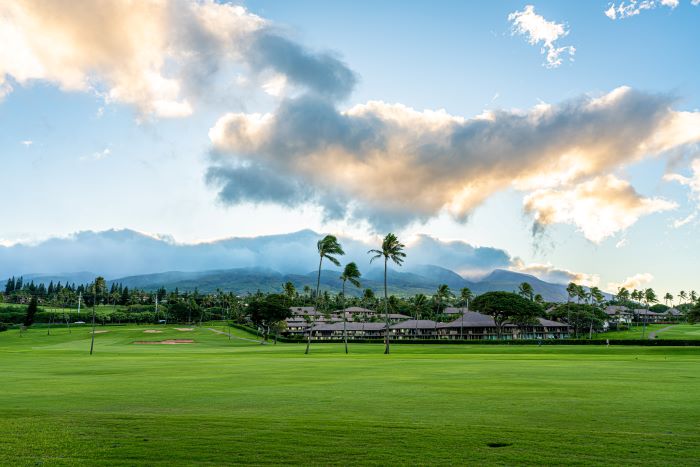Water conservation is a growing issue across the United States. To help maintain this finite resource, one method many states are progressively using is water pressure regulation for sprinklers. Currently, Vermont; California; Colorado; Hawaii; Maine; Massachusetts; Washington and Washington, D.C., all have pressure-regulating sprinkler requirements. Additional states including Rhode Island, Oregon and Maine are set to join this list in 2023.
But while pressure-regulating sprinkler legislation paints a picture of a water-efficient future, do those in the landscape irrigation industry see that as a feasible possibility?
California perspective
To Andrew Chase, ASIC CIC, CID, CLIA, CLWM, CIT, QWEL, director of water management at Monarch Environmental, Dana Point, California, pressure-regulating sprinkler legislation has been a welcomed change.
In California, spray sprinklers made on or after Oct. 1, 2020, are required to meet the criteria of the EPA WaterSense Specification for Spray Sprinkler Bodies, Version 1.0, and be listed on the CA Modern Appliance Efficiency Database, according to the California Code of Regulations.
“I think it was bad that the state had to force the hand for (pressure-regulating legislation), but I see the reason,” Chase says. “Part of the legislation, too, isn’t just for the water savings, but it’s for the energy reduction. … It’s helping take some of the load off our infrastructure as a state as well.”
PRS legislation wasn’t a surprise to Chase, he says. Already a fan of pressure-regulating sprinkler heads, Chase made sure that all of his sites that he oversees incorporate them whenever possible as “they provide a much more uniform coverage with our systems.”
One of the greatest pros Chase sees with the legislation is that pressure-regulating sprinklers force landscapers in California to be “a bit more responsible” for the equipment they install.
“We can’t just get away with putting whatever in the ground, screwing it down and hoping that it works,” Chase says. “With the pressure-regulating head, if you put the wrong nozzle in, you’re going to notice it pretty quick.”
Pressure-regulating sprinkler heads are also beneficial for maintaining irrigation systems, Chase says. He explains that a vital aspect of installing pressure-regulating heads is that they lower flow rates and allow systems to function at their designed rates.
While Chase sees the expansive benefits of pressure-regulating sprinkler legislation in California, he says that some clients solely see an increased bill required to install the new sprinkler heads. In cases like these, he informs customers that they’ll see a return on investment in about six months as compared to putting in a traditional sprinkler head.
“Most people were receptive to it and understood, because they see that the water bills are flat year over year even though the cost has gone up,” Chase says. “We’re going to follow and comply (with the legislation), because in the long run, it is in the best interest of everyone involved to use these items.”
Chase believes the landscape irrigation industry could be at the beginning of a sprinkler head revolution. He agrees that all 50 states should have some form of pressure regulation, but that it should be up to each state to craft legislation that best fits their topography.
He predicts that as more and more states shift to pressure-regulating sprinkler heads, manufacturers will have no choice but to meet the demand of this growing trend and kill off any lines of non-pressure-regulating heads.
“Eventually, the demand for pressure-regulating heads will be so great compared to non that it won’t make sense for them to manufacture additional heads and they’ll save some money by not making them at all,” Chase says. “It’ll be a ways to go before it gets there, but I just think that’s what it’s going to come down to.”
McKenna Corson is the digital content editor for Irrigation & Lighting and can be reached at mckennacorson@irrigation.org.
Read more about other states introducing PRS legislation.





